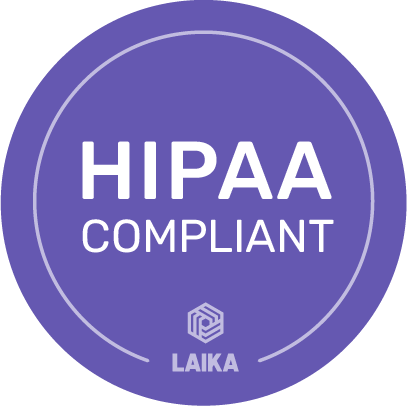
by NeuroMerit | Apr 1, 2021 | Recent Publications
Abstract Background: Only 2-5% of patients who have a stroke receive thrombolytic treatment, mainly because of delay in reaching the hospital. We aimed to assess the efficacy of a new approach of diagnosis and treatment starting at the emergency site, rather than...

by videoinvolver | Apr 1, 2021 | Recent Publications
Abstract In acute stroke management, time is brain. Bringing swift treatment to the patient, instead of the conventional approach of awaiting the patient’s arrival at the hospital for treatment, is a potential strategy to improve clinical outcomes after stroke....

by videoinvolver | Apr 1, 2021 | Recent Publications
Abstract Background: Acute ischemic stroke is a treatable disease. Moreover, there is increasing evidence supporting mechanical recanalization for large-vessel occlusion, even beyond a strict time window. However, only small numbers of patients receive causal...

by videoinvolver | Apr 1, 2021 | Recent Publications
Abstract Background and Purpose- Mobile stroke units (MSUs) are increasingly used worldwide to provide prehospital triage and treatment. The benefits of MSUs in giving earlier thrombolysis have been well established, but the impacts of MSUs on endovascular...

by videoinvolver | Apr 1, 2021 | Recent Publications
Abstract Ischemic stroke results from blocked arteries in the brain, with earlier thrombolysis with intravenous tissue plasminogen activator (tPA) and/or mechanical thrombectomy resulting in improved clinical outcomes. Mobile Stroke Unit (MSU) can speed up the...

by videoinvolver | Apr 1, 2021 | Recent Publications
Abstract Background and Purpose- Endovascular thrombectomy (ET) door-to-puncture time (DTPT) is a modifiable metric. One of the most important, yet time-consuming steps, is documentation of large vessel occlusion by computed tomography angiography (CTA). We...








Recent Comments